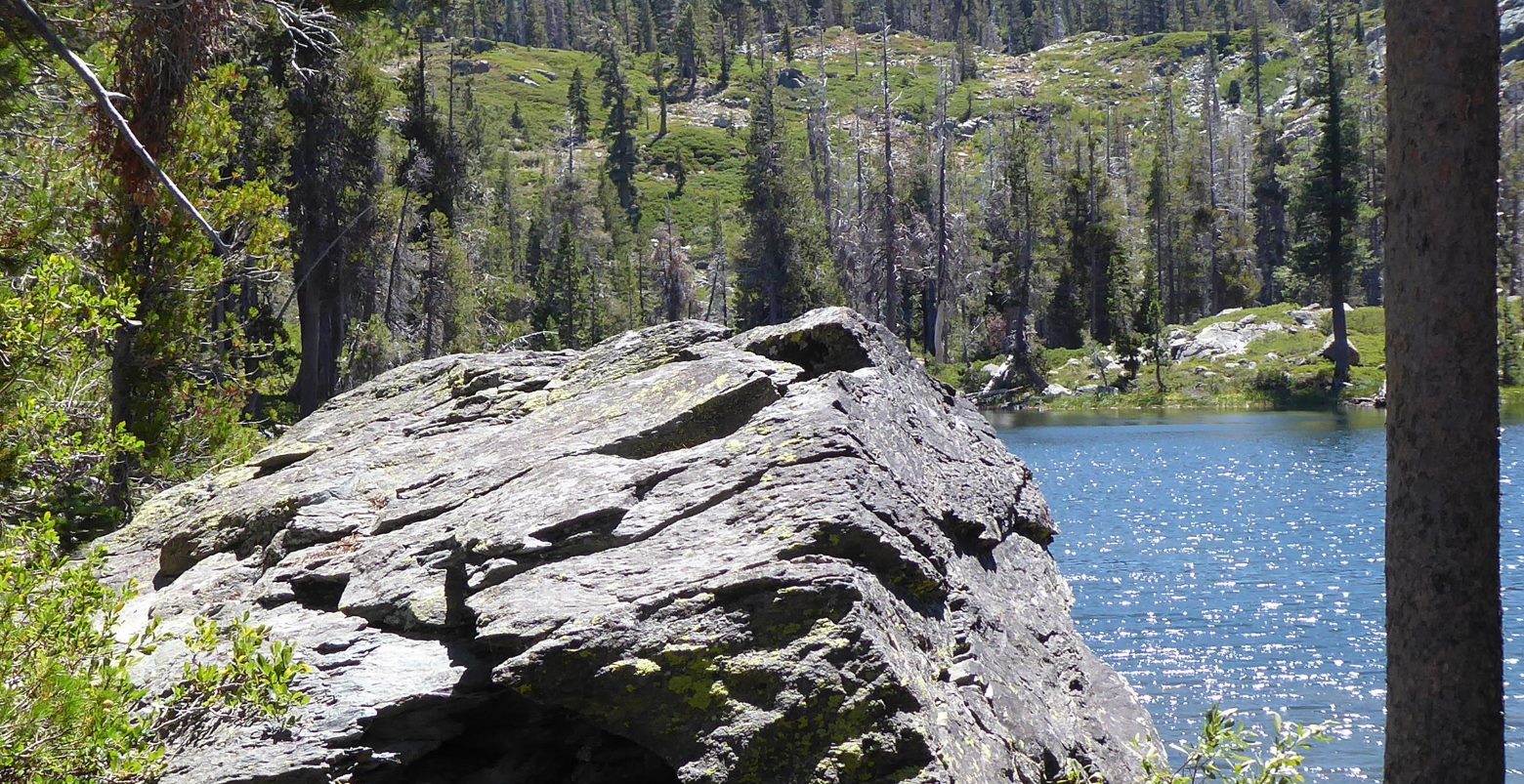“To be or not to be,” wrote Shakespeare. All creation, from stone to star, is driven to be. Everything that is living has an innate desire to live, to continue living, to prolong life as long as possible. But what exactly does it mean to be, in the sense of the Fourth Way?
Everything created has a kind of existence, or being. In the mineral world, it manifests in a primitive form, becoming more advanced as beings ascend through cellular organisms, plants, trees, and animals, to the human form. See this groundbreaking article by William Page on evolving consciousness. In the human form, this existing begins to take on an identity: there is a sense of “I” and not simply undifferentiated existence.
“The being of two people can differ from one another more than the being of a mineral and of an animal.” – G.I.Gurdjieff
Experiences begin to collect around this newfound identity, allowing humans to further develop the intrinsic desire to be that pervades the universe. Since man is a microcosmos, he also contains traces of the worlds above him. And here lies the possibly to transform mere existence into actual being. Here we must redefine what “to be” means. For students of this work, it means that existence becomes aware of itself, incorporating the God-principle within him- or herself.

This self-awareness is not the same as realizing that we are in a place and time–“Wow, finally I am here in Paris!” Nor is it an affirmation of who we are. It is finding God in us.
We can only ‘Be’ when what is real within us interacts with what is real outside of us. To do this we must have a deep receptivity to be ready to receive each impression, however small, as if it were a gift. It is not about affirming ourselves, because then we would lose a necessary passive quality. It is rather about opening ourselves to the manifestation of what is real, inside and outside of us. This occurs in a harmonious and coupled dance that takes the place that was occupied by that affirmation.
At those moments when the noise ceases and we find ourselves able to open to what is real, we are seized by a faint sensation of existence. It is definitely not thunderous, but soft and gentle. Something in us resonates with something else. Then, we begin to search out the unknown, trying to find the object of that resonance. An inner voice pulls us towards something unknowable, not outside or above, but inside, in the inner cosmos where the sacred resides. If we persist in looking for that resonance externally, we are following the opposite path of Being. If, instead, we turn our gaze back to ourselves, the discovery is consciousness.
“The divine, God, must be sought within.” – Jeanne de Salzman
Self-awareness, in such a sense, is a wordless, simple, and inconspicuous experience. We all have had moments of this state. These are what we remember from today and from past days. Through the practices of divided attention and self-remembering, we can intentionally invoke existence-aware-of-itself. In the conditions of school work, “be-ing” can develop and grow, becoming eventually not only self-awareness, but universal awareness.

David Tuttle and Elisa Edner are long-time Fourth Way students. For other recent articles from David for FourthWayToday.org, see here: https://fourthwaytoday.org/author/david/ and from Elisa: https://fourthwaytoday.org/author/elisa-eidner/ and jointly at:https://fourthwaytoday.org/author/david-tuttle-and-elisa-eidner/.
